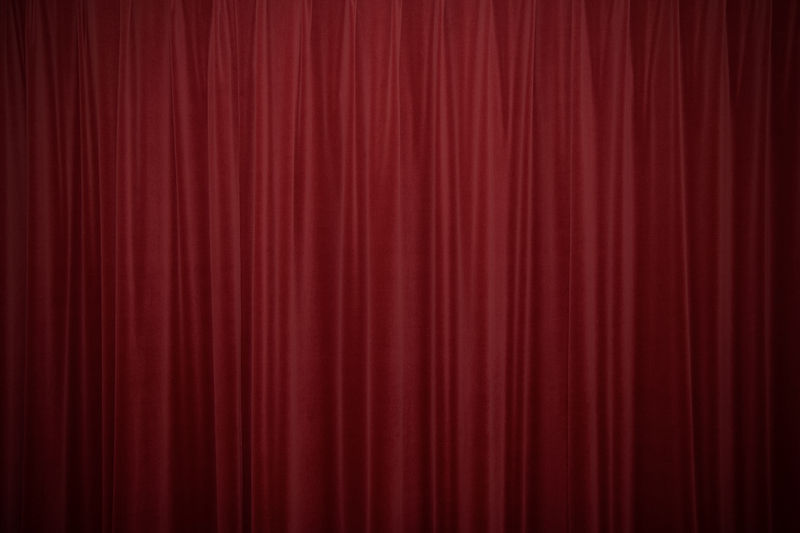 Reid Mihalko from ReidAboutSex.com and Cathy Vartuli from TheIntimacyDojo.com talk about tuning into your “frequency” so you can connect more deeply.
Reid Mihalko from ReidAboutSex.com and Cathy Vartuli from TheIntimacyDojo.com talk about tuning into your “frequency” so you can connect more deeply.
Reid: Hello, everyone this is a wine glass, or a water glass, half empty or half full. I’m Reid Mihalko from ReidAboutSex.com. And this is Cathy Vartuli from TheIntimacyDojo.com.
Cathy: Thanks Reid.
Reid: You’re welcome.
Cathy: Tell us about the wine glass. We want to know.
Reid: If you watched the last video we were talking about energetic sex, and we left off with the idea of when you’re trying to make a wine glass sing, or water glass in this case, you’re paying attention to pressure, to speed or rate or frequency, how frequently I go around the rim, as well as friction.
Cathy: It helps if its a little wet…
Reid: It does help if its wet!
You can’t hear this, but at least it’s making a squeaking sound. The idea is wherever you go, and you can try this at home, you can have your glass and try to make it sing, wherever you go to listen or feel or sense if you’re getting closer to making it sing, or further away from making it sing, that’s where you should start to explore sexual energy. It’s that place of listening that you’re going to try to hear if there’s something shifting or changing. You’re listening for something really really nuanced. It might not be listening. This is a three hour workshop that I’m doing in a couple of minutes. You’re paying attention to your senses. For me, energy, woo-woo, energy, is very much a sound as much as it’s kind of a feeling.
Cathy: Some people are auditory, some people are kinesthetic, some people are very visual.
Reid: Yeah, so you want to figure out when you’re doing the wine glass analogy, where do you go to hear or listen or see. Are you more staring at the glass, are you more listening? Are you more feeling, sensing in your body?
Cathy: When it gets close I feel it in my body. I feel a vibration.
Reid: Perfect. That’s really useful. For some people it’s an emotional feeling, or you get visual pictures in your head, images or intuitions some people would call them. These are all ways — and again this isn’t science — these are all ways that I have found that energy seems to communicate with people, or people seem to hear it.
If you’re a musician, it’s like when you’re listening to tuning a guitar string, when you’re “that’s it, I got it.” Once you can figure out how you listen to energy or how it might occur to you, then what you want to do is you want to start playing with your own energy. If you tried to whip up your own energy or make your own wine glass sing, where that occurs for you. Again, I’m condensing this a lot. The way you would play with another person is, “I’m going to try to listen in to what radio station you’re broadcasting at.” I’m tuning into you like going up and down a radio dial. In my listening to you, when I can hear that I have your note, or your radio station, again, like for musicians like you’re tuning that guitar or you’re trying to find that musical chord that’s the right one, when you’re like, “Ah, that’s it.”
The basic way to play with somebody is I’m then going to set myself — again, this is not science — to that note and then I’m going to make myself vibrate or broadcast on that radio frequency, and I’m going to turn my volume up, so that my vibration, because it’s tuned to your note, starts getting you to vibrate.
Cathy: It’s like a wineglass nearby would start to sing if they’re the same.
Reid: If they’re the same size wineglasses, same frequency. Same thing for our scientists out there, if you take two tuning forks at the same note, hit one, the sound waves coming off that because this turning fork is the same note, will start to vibrate as well. Make sense?
Cathy: Yes.
Reid: And you’re a scientist.
Cathy: I am.
Reid: You have a PhD.
Cathy: I do.
Reid: You do.
Cathy: Even if you’re an engineer, a scientist, and you’re skeptical, it’s worth giving it a shot. Research.
Reid: It’s at least worth trying. And this is why coming at it from this pragmatic perspective — and I speak woo-woo fluently, but not coming at it from an om shanti shanti perspective can be useful if you happen to be partnered to or have friends who are skeptics. If you come at them with the woo-woo, they shut down and they don’t want to play usually, because you’ve flipped their skeptic switch. If you come at them and say, “Hey listen, this isn’t science, but I want to try something” then they’re more open, and in being open, you can actually play with them. It’s like you’re playing Frisbee and you can play catch. If you just come at them and say, “This Frisbee is science!” and whip it at them, they’ll say, “Go screw yourself.”
Cathy: So, let’s do another video on being present?
Reid: Yes, let’s do that.
